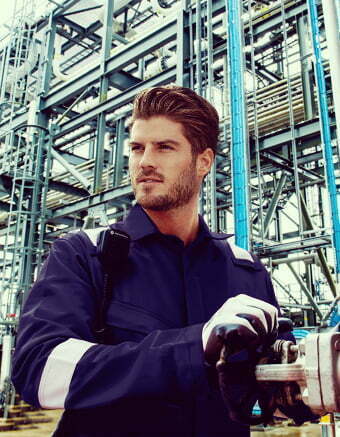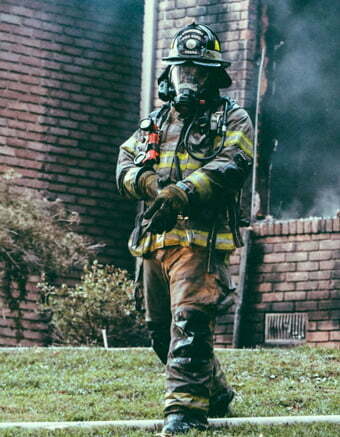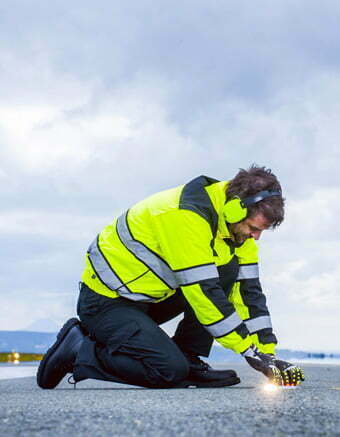Protective Clothing Category III
Category III personal protective equipment (PPE) comprises intricately designed equipment intended to shield the wearer from hazards that are controllable by the individual, and which may result in fatal or severe and lasting injuries. Examples of Category III PPE include clothing for cold rooms, clothing for firefighters, electric arc protective clothing. Due to the substantial protection provided by these devices, Category III PPE should only be provided to users after they have received proper training on their correct usage.
What does Category III PPE protect against?
- Irritating, hazardous, toxic, or radiotoxic gases.
- Substances and mixtures detrimental to health.
- Chemical aggression and ionising radiation.
- Harmful biological agents.
- Oxygen-deficient atmospheres.
- In high-temperature environments with effects like an air temperature of at least 100°C.
- Low-temperature environments with effects comparable to an air temperature of -50°C or lower.
- Falls from heights.
- Electric shocks or exposure to dangerous electrical voltages.
- Drowning.
- Portable chainsaw cuts.
- High-pressure jets.
- Bullet or knife wounds.
- Harmful noise.
Category III personal protective equipment must possess specific attributes, such as:
- The manufacturer’s CE declaration of conformity must be included with the device’s technical documentation.
- PPE and its packaging must bear the CE marking.
- A CE certification certificate issued by a regulatory agency.
- The manufacturer’s quality system is subject to inspection by the regulatory agency.
What garments are Category III?
Characteristics of the three PPE categories













